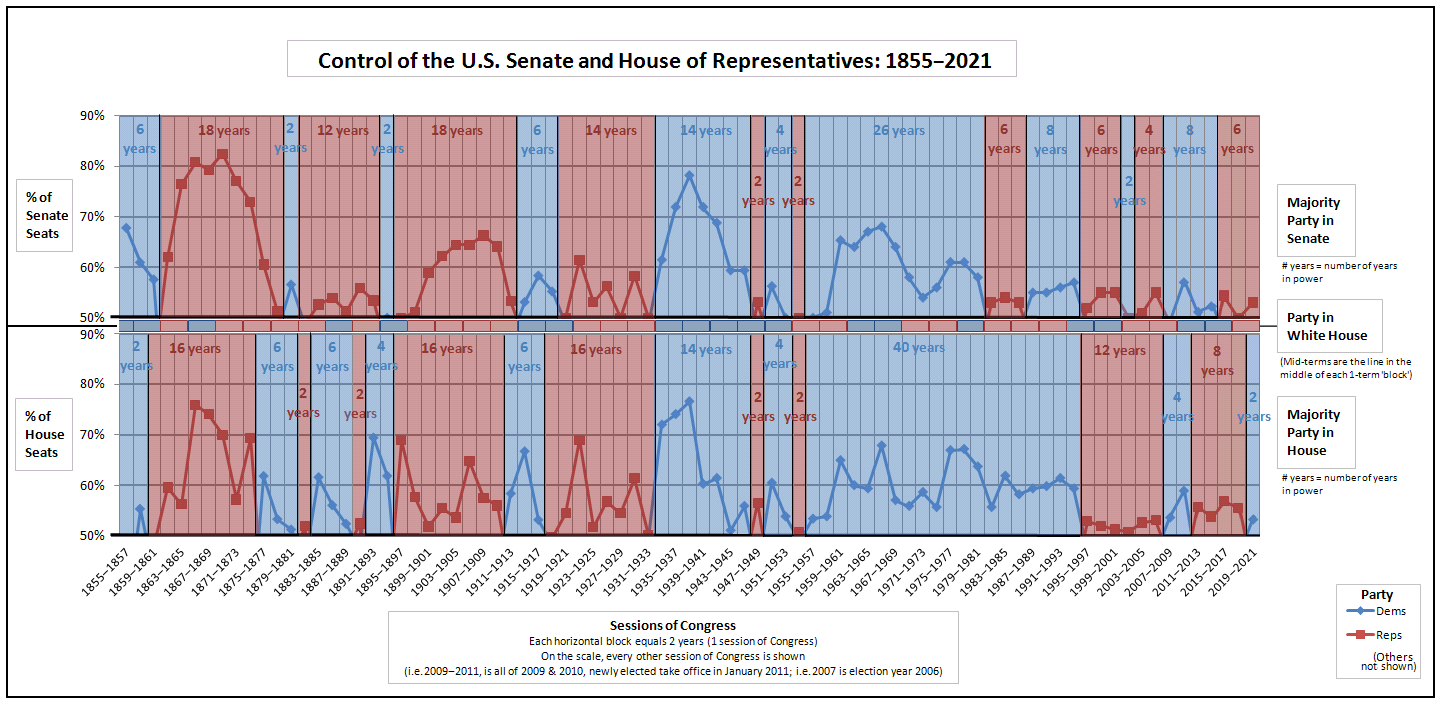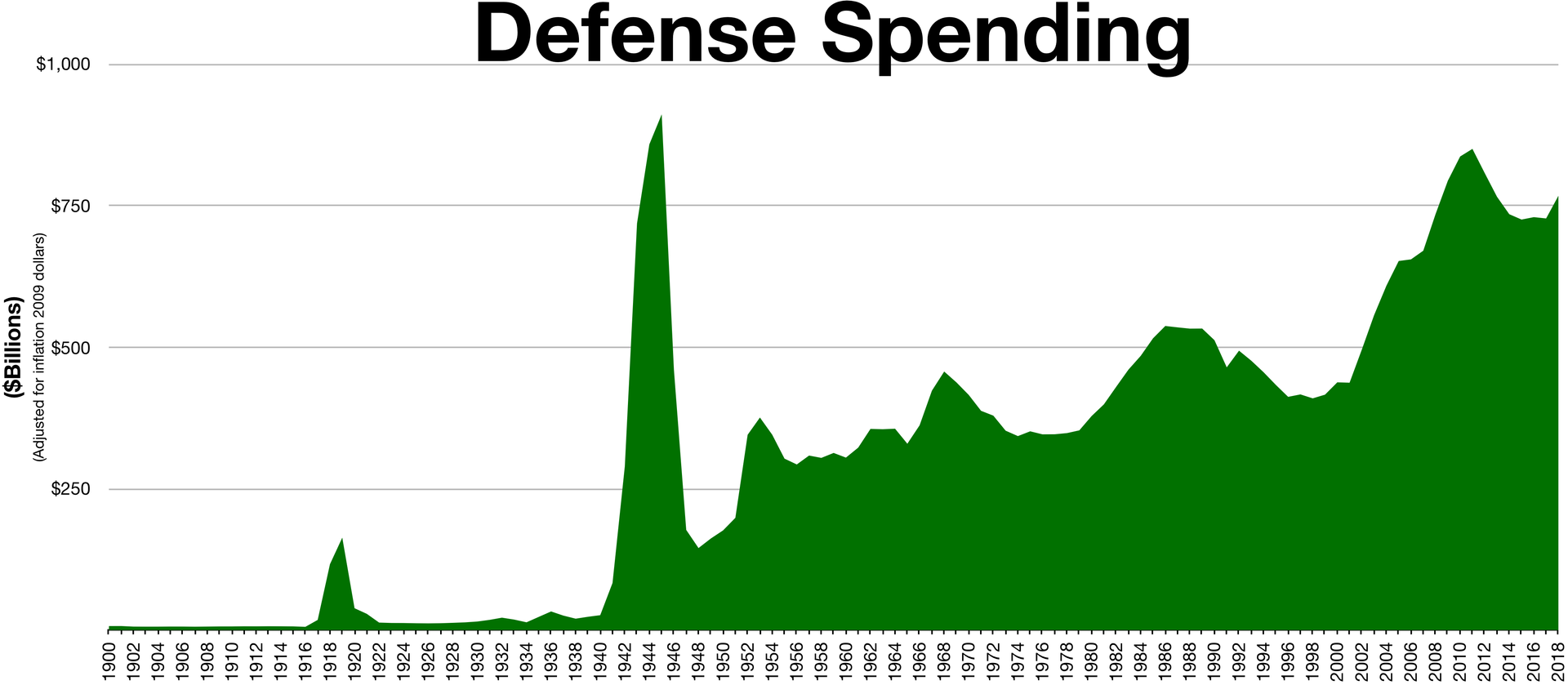We have over a thousand posts on this blog. Always interesting to go back and look a few of these older ones.
We had one blog post that simply asked on 9 November, 2016, after Donald Trump had been elected: What was going to be his foreign policy/national security policy. The old post is here: Questions | Mystics & Statistics (dupuyinstitute.org)
The answers are:
1D (Afghanistan: Decrease U.S. effort)
2B (Iraq: Decrease U.S. effort)
3B (Syria: Decrease U.S. effort)
4C (Ukraine: Keep the same)
5C (Russia: Try to tone it down)
6D (NATO: Force our NATO allies to contribute more)
7B (Georgia: Continue working with them: Partnership for Peace)
8A (Iran: Cancel current deal and try to renegotiate)
9A (Yemen: Keep the same (remain disengaged))
10? (War on Terror)
11A (Defense Budget: Increase defense budget)
12? (East Asia)
13A (Trade: TTP cancelled)
14D (Oil and Climate Change: Interest and funding for clean energy declined)
It was followed-up on by this post on 14 December 2016: Questions II | Mystics & Statistics (dupuyinstitute.org)







 With the December 2018 update of the U.S. Army’s Multi-Domain Operations (MDO) concept, this seems like a good time to review the evolution of doctrinal thinking about it. We will start with the event that sparked the Army’s thinking about the subject: the 2014 rocket artillery barrage fired from Russian territory that devastated Ukrainian Army forces near the village of Zelenopillya. From there we will look at the evolution of Army thinking beginning with the initial draft of an operating concept for Multi-Domain Battle (MDB) in 2017. To conclude, we will re-up two articles expressing misgivings over the manner with which these doctrinal concepts are being developed, and the direction they are taking.
With the December 2018 update of the U.S. Army’s Multi-Domain Operations (MDO) concept, this seems like a good time to review the evolution of doctrinal thinking about it. We will start with the event that sparked the Army’s thinking about the subject: the 2014 rocket artillery barrage fired from Russian territory that devastated Ukrainian Army forces near the village of Zelenopillya. From there we will look at the evolution of Army thinking beginning with the initial draft of an operating concept for Multi-Domain Battle (MDB) in 2017. To conclude, we will re-up two articles expressing misgivings over the manner with which these doctrinal concepts are being developed, and the direction they are taking.